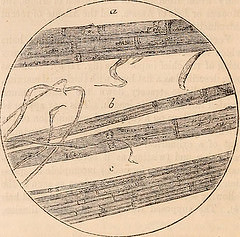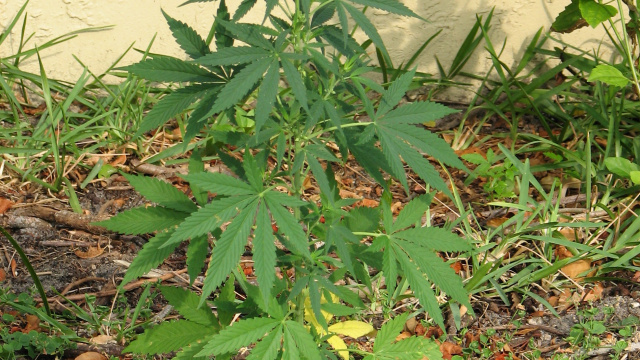Analytics is not just pure science; it is part art as well. Organizations that master the fine art of using analytical tools realize increased revenues and enjoy cost savings.
Last week we talked broadly about ANALYTICS. This week we dive into the “SCIENCE OF ANALYTICS.” The scientific approach involves the following four key steps:
1. Observe/define the business problem: Observation is either an activity consisting of receiving knowledge, or the recording of data using scientific instruments. The term may also refer to any data collected during this activity.
Analytics begins with observing the phenomenon and setting up the right business problem. It requires understanding the facts, to which you have ready access, and then drawing conclusions from it to identify the business problem which needs to be solved. For example, a manufacturing company is suffering from declining profits. By looking at their balance sheet we realize that revenues have declined while the costs have remained constant. Through these two facts, we can identify a simple business problem – the manufacturing company must reduce costs or increase revenue if it wants to have the same profitability as before.
2. Hypothesis: A hypothesis is a proposed explanation for an observable phenomenon. People refer to a trial solution to a problem as a hypothesis — often called an “educated guess” because it provides a suggested solution based on the evidence. Researchers may test and reject several hypotheses before solving the problem. Taking the above mentioned example of the manufacturing company, the business may have two sets of hypothesis:
a. Increase Revenue: Within increasing revenue, the firm might think of many different avenues:
Focus on Marketing – Increasing the marketing budget will enable us to increase sales and hence increase revenue.
Focus on Price – By reducing the price of our product we would be more competitive and hence increase sales, which might offset the decrease in sales/unit.
b. Reduce Costs: Within reducing cost bucket, the organization has various alternatives:
Operations cost – By reducing the operations budget (e.g. staff, electricity etc.), we will reduce costs.
Reduce Marketing budget – By reducing the marketing budget, we will save on costs.
As you can see, you can achieve increased profitability by both increasing and decreasing marketing budgets. There are several implications of each action beyond the primary implication and all need to be evaluated. The key element of the hypothesis-building phase is that you should have a mutually exclusive and collectively exhaustive set of hypothesis. This means we should think about all the possible sets of relevant hypothesis for the situation at hand and ensure they do not overlap and that together they are complete.
3. Test/Experimentation: An experiment is the step in the scientific method that arbitrates between competing models or hypotheses. Experimentation is also used to test existing theories or new hypotheses in order to support them or disprove them. An experiment or test can be carried out using the scientific method to answer a question or investigate a problem. First, an observation is made and then a question is asked, or a problem arises. Next, a hypothesis is formed and an experiment is used to test that hypothesis. The results are analyzed, a conclusion is drawn, sometimes a theory is formed, and results are communicated through business cases.
A good experiment usually tests a hypothesis. However, an experiment may also test a question or test previous results. The fundamental reason for following this process is to ensure the results and observations are repeatable and can be closely replicated given similar circumstances. Let’s continue with the example above and set up a test for the manufacturing company to learn whether increasing the marketing budget would affect revenue. In this case, we would set up a TEST where we run the EXISTING marketing programs and call it GROUP A while in GROUP B we run the increased marketing program. At the end of the observation time frame (assume 2-3 months), we would measure revenue for GROUP A and GROUP B and understand the differences. As long as the groups have a statistically significant size we should be able to repeat these results.
4. Learn: Learning is acquiring new knowledge, behaviors, skills, values, preferences or understanding, and may involve synthesizing different types of information.
Continuing our manufacturing company example, let’s assume that GROUP B performed far better than GROUP A. Let’s also assume that at the same time we increased marketing our competitors decreased it in the GROUP B target market. Now the question becomes, was the incremental benefit driven by our increased marketing or the fact that competitors reduced their marketing? Assimilating all possible and relevant information is extremely important in order to reach a good decision.
As you can tell, while scientists have been utilizing the above mentioned technique for a long time, businesses are just beginning to use it. This requires a strong commitment to the scientific process and a systematic approach to create a TEST & LEARN environment where you are constantly testing, learning and evolving to create increased bottom line benefits for a company.
Your perfect source of strategic business analytics, analysis of marketing mix model, business intelligence & competitive benchmarking services.
As a data analytics service provider in India, we are providing data analytics services, data mining, market research, financial forecasting, data analytics consulting, onsite / offshore data analysis, strategic business analytics. We are a team of expert data analyst and strategy consultants.




Leave a Reply